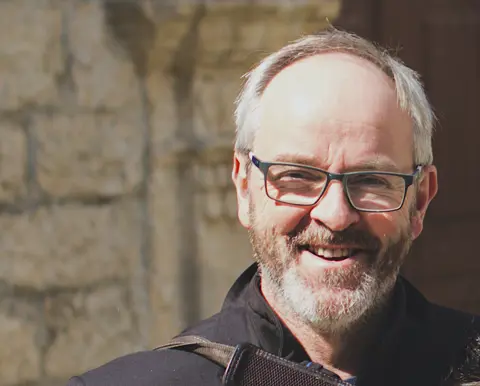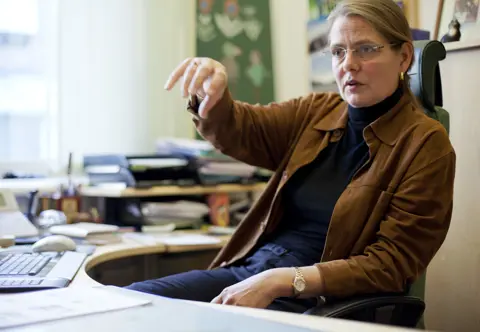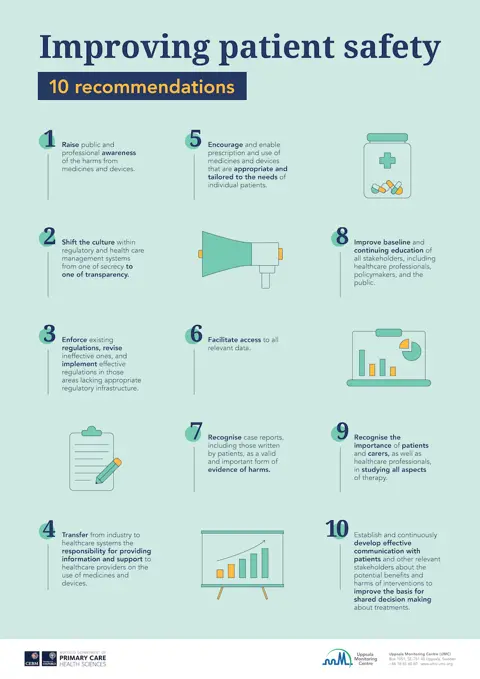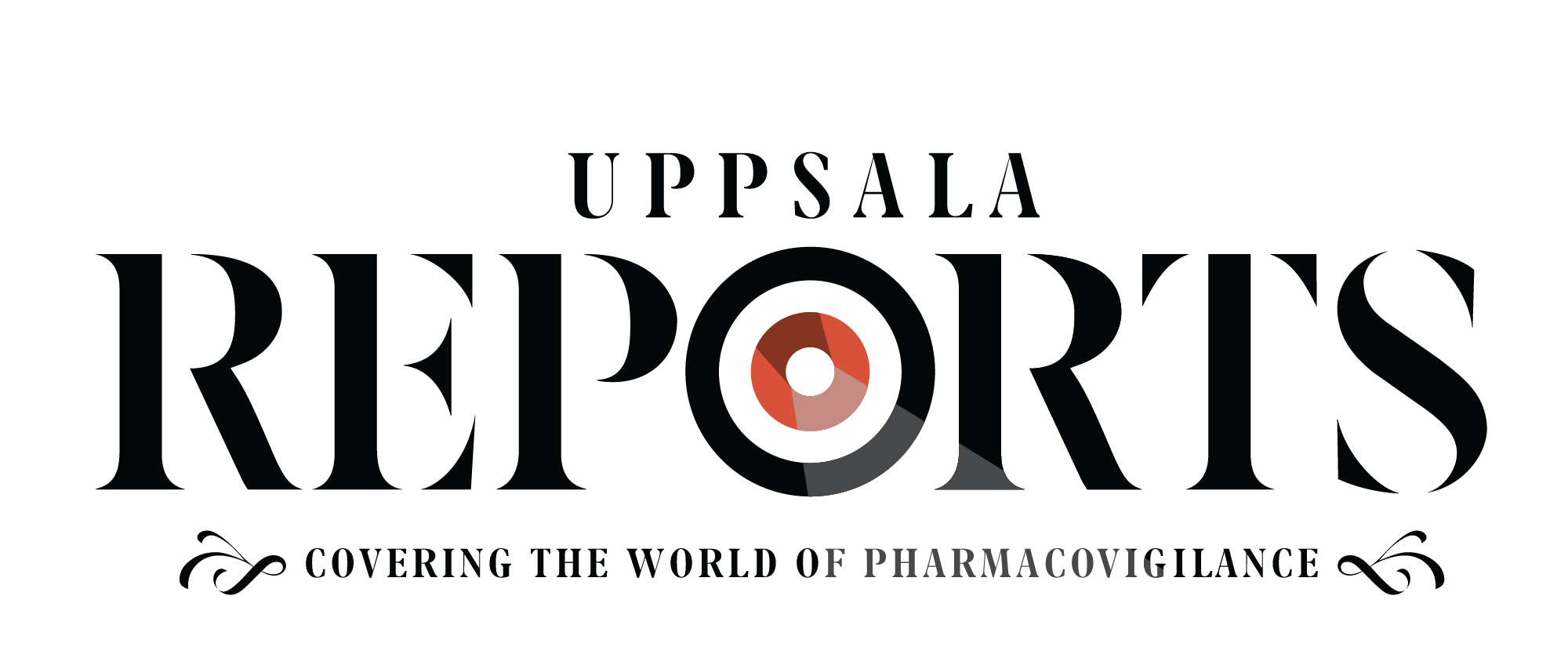
Serious global challenges exist in recognising and minimising harms from medicines and devices. That is the message of a diverse, multi-stakeholder group calling for urgent improvements in the detection, analysis, and reporting of harms in the interests of patient safety.
The work of pharmacovigilance is driven by an ideal of patient safety that can never be reached but must always be pursued. For all the patient safety advances made in the past five decades by the WHO Programme for International Drug Monitoring and other stakeholders, the ongoing challenges of global pharmacovigilance are as important and urgent as ever.
“The harms caused by medicines and medical devices are badly letting patients down,” said Carl Heneghan, professor of evidence-based medicine and director of the University of Oxford’s Centre for Evidence-Based Medicine (CEBM).

“The harms caused by medicines and medical devices are badly letting patients down”
“Patient safety should be a priority for all healthcare systems, for all practitioners and at the forefront of policy, but all too often, it isn’t.”
Within this context, a multi-disciplinary group gathered recently to take stock of the pressing challenges facing the field and identify the most effective actions needed to protect patients around the world. Following that meeting, the group has now released a public statement of their common concerns along with 10 recommendations for improving patient safety worldwide.
The 4Es Forum – Exploring, Enhancing and Empowering Safer Medicines: Erice, Sicily, was held jointly by UMC, the University of Oxford Centre for Evidence-Based Medicine, and the International School of Pharmacology Giampaolo Velo from 7-9 October 2019. The theme of the meeting was “Improving the detection, analysis and reporting of harms in medicines” and, over three intense days, health professionals, researchers, academics, journalists, patient advocates, and consumers worked to identify today’s key problems and point to practical solutions.
“Erice was the site of the historic Erice Declaration on Communicating Drug Safety Information of 1997, which set out a vision of vigorous, open, ethical, patient-centred communications in medicines safety,” said Marie Lindquist, director of UMC. “The 4Es Forum builds on the first Erice declaration and the subsequent developments it inspired.”
The forum was structured to explore three distinct areas of modern patient safety – pre-marketing approvals, post-licensing surveillance, and pharmacovigilance communication and dissemination. For each area, participants collaborated to develop a range of perspectives on how to ensure safety from the harms of medicines and devices. In the weeks following the forum, participants continued their work, distilling the discussions into an expression of common concerns and agreement.
"It’s a long path from making a group statement to creating global regulatory and process change"

The statement – Improving the detection, analysis, and reporting of harms in medicines and devices – represents valuable collaboration between the disciplines of evidence-based medicine and pharmacovigilance. It recommends action from multiple stakeholders – including industry, regulators, policymakers and healthcare professionals – aimed at addressing major deficiencies in current medicines safety systems and promoting higher levels of patient safety and awareness.
“But it’s a long path from making a group statement to creating global regulatory and process change,” Lindquist said.
“For all the advances in medicine, we still face a global problem of harms caused by medicines and devices,” said Rebecca Chandler, medical doctor at UMC and one of the 23 signatories to the Erice statement.
“There are multiple systemic issues that contribute to harms, and all stakeholders – including industry, regulators, policymakers, academics, and healthcare professionals – need to always be challenging and improving their existing practices.”
To this end, the statement lays out a set of 10 recommendations to improve global patient safety across the entire system, from research, to regulatory and marketing authorisation processes, to post-licensing usage, to the way we communicate safety information to the public (see infographic for details).

Furthermore, the statement contends that “patient safety requires constant vigilance of safety systems, structures, organisations, and processes,” and calls for “open, inclusive, and collaborative efforts to identify challenges and develop practical, implementable solutions that improve patient safety worldwide”.
“The statement that emerged from Erice provides clear recommendations on how to embed patient safety in research and regulation,” said Heneghan. “More importantly, for all those involved in improving care, the statement provides a roadmap for improving the detection and reporting of harms.”

The 4Es forum was co-organised by the International School of Pharmacology Giampaolo Velo, Verona, Italy; the Centre for Evidence-Based Medicine, Oxford, UK; and UMC. It was hosted by the Ettore Majorana Foundation and Centre for Scientific Culture (EMFCSC) in Erice, Italy.
Read more:
- Full text – Improving the detection, analysis, and reporting of harms in medicines and devices – Statement from the 2019 4Es Forum
- The 4Es Forum website
- The Erice Declaration 1997: The Critical Role of Communication in Drug Safety
Note: the author is one of the signatories of the 4Es Forum statement
Want to hear more?
Listen to this article, including an extended interview with Marie Lindquist, as an episode of the Drug Safety Matters podcast.




